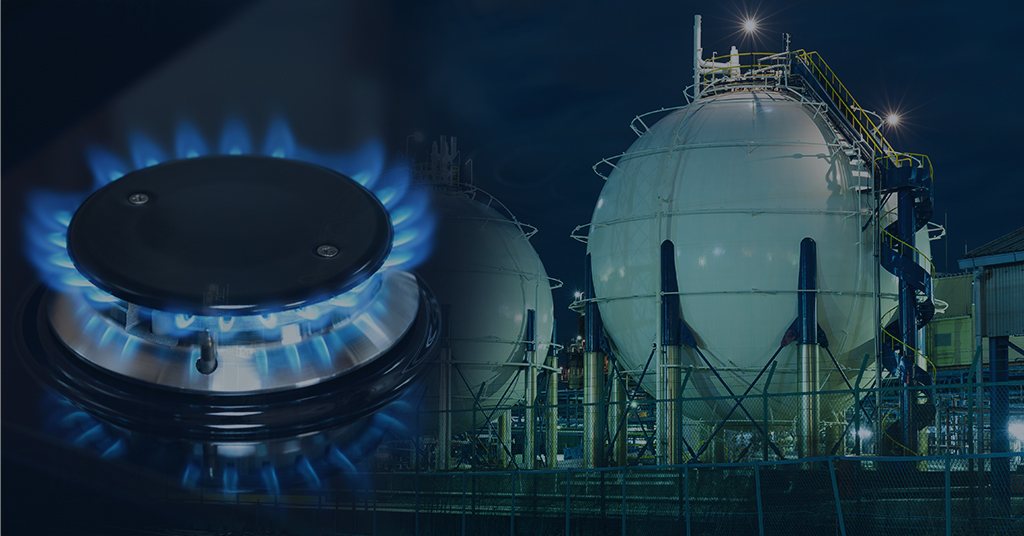Asia-Pacific Nitrobenzene Market Faces Two-Month Bearish Trend with Widespread Impacts
- 23-Aug-2023 2:31 PM
- Journalist: Motoki Sasaki
Nitrobenzene prices have been showing a bearish trend for over two months in the Asia-Pacific region. In China, the prices declined from USD 1336/MT to USD 1088/MT on CFR basis from May to July 2023. This significant price drop requires our attention as it reflects some macroeconomic and microeconomic consequences for the region and the performance of the value chain of Benzene.
Nitrobenzene is produced via nitration of benzene. In order to a significant extent, the benzene pricing trend follows the Nitrobenzene pricing trend. Market Analysts have commented that the variabilities in the pricing of Benzene have affected the pricing of Nitrobenzene to a significant extent. In China, Benzene prices fell from USD 965/MT to USD 801/MT on a CFR basis from May to July 2023. Supply Chain experts have assessed that the inventory of Benzene with the Nitrobenzene manufacturers was maintained at a higher level since the new orders of Benzene were significantly costlier. In the South Korean market, the prices of Nitrobenzene fell from USD 1355/MT to USD 1138/MT on FOB basis from May to July 2023. The pricing trend of feedstock benzene also showed a similar declining trend. The downstream product aniline showed a similar trend in pricing in South Korea and even across Asia-Pacific regions. Inquiries across various countries revealed that the inventories of Nitrobenzene are maintained at the higher end, with the operating rates of manufacturing plants at the lower end because the demand has been suppressed. South Korean export of Nitrobenzene to Japan and China declined significantly as the demand situation was gloomy. Economists point out that the rising energy costs and global economic slowdown are the primary concerns for industrial distress.
The downstream value chain of Nitrobenzene is also suffering a price decline due to the reduced demand from the end-use consumer industries like automotive, construction industry and retail logistics. Multiple macroeconomic parameters show that industrial activity in Asia Pacific is not impressive, as a trade report from India points to a consecutive 8th-month decline in export and imports. A leading export organization official from India asserted that exports will improve in the next few months as the festive season in India begins. The inquiries with the manufacturers of Nitrobenzene across the Asia Pacific region also revealed that August and September are crucial months for the plants to increase the depleting inventories till winter begins as the plants undergo annual maintenance shutdowns because of global consumption seasonal drop generated by the seasonal effect in global North.
Nitrobenzene is used to produce predominantly polymers like Polyurethane foams. The European and North American markets are generally the biggest consumer of Polyurethane plastics, which are undergoing monetary tightening, contraction in GDP growth, and unprecedented unemployment rates in many European countries, which has led to a massive decline in the imports from Asian counterparts leading to oversupply of the products in the global market. Many experts have voiced that the chemicals division is expected to recover only in 2024 as IMF predicts a rebound in economic growth at lower inflation next year only.



